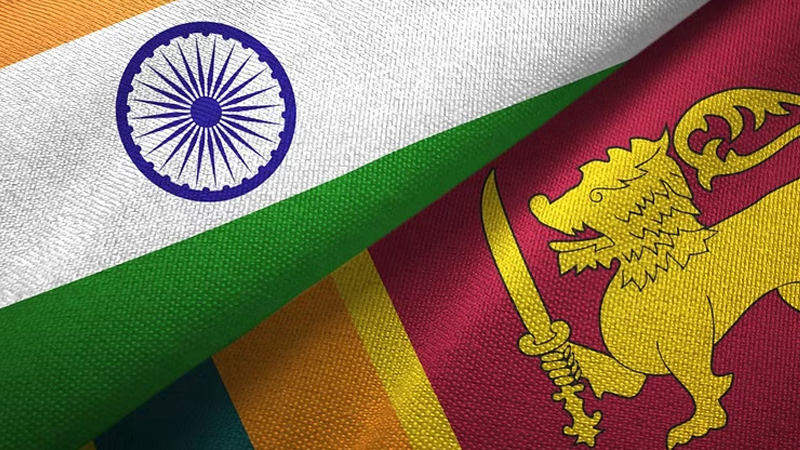The inauguration and commencement of three development projects implemented in the country with the assistance of the Indian Government took place yesterday under the patronage of Indian Prime Minister Narendra Modi and President Anura Kumara Dissanayake. These projects include the commencement of construction work on the Sampur Solar Power Plant, which will add 50 MW to the national grid, the inauguration of the Temperature and Humidity Controlled Agro Cold Storage complex in Dambulla and the installation of solar panels on 5,000 religious sites.
President Dissanayake and Prime Minister Modi jointly inaugurated these projects via virtual technology following their official meeting at the Presidential Secretariat.
The Sampur Solar Power Plant is part of the Eastern Renewable Energy Zone, which is being set up under Sri Lanka’s Long-Term Generation Expansion Plan (LTGEP). It is being developed by the Trincomalee Power Company, a joint venture between India’s NTPC Limited and the Ceylon Electricity Board (CEB).
The project is planned in two phases, with the second phase due to commence in 2027. A 500-acre land area has been allocated for this initiative. It will contribute 50 MW to the national grid under the first phase. The project will incorporate state-of-the-art N-type TOPCon solar cell technology, enhancing energy security and promoting a shift from fossil fuel dependency to renewable energy sources. The Sampur Solar Power Project is expected to reduce annual Carbon Dioxide emissions by approximately 200,000 tons.
The Dambulla Agricultural Storage Complex (Cold Storage Facility), with a capacity of 5,000 metric tons and equipped with temperature and humidity control, can reduce Post-Harvest Losses (PHL) by approximately 40 percent, stabilising fluctuations in agricultural product prices. To facilitate research on advanced storage methods for different crops, the facility includes six storage chambers, each designed to simulate various climatic conditions. This is the first facility of its kind in Sri Lanka, built at a cost of Rs.524 million, with Rs.300 million provided as a grant by the Government of India and Rs.224 million contributed by the Government of Sri Lanka.
The project to install solar panels on 5,000 religious sites spans all 25 districts and includes places of worship representing all major religions. The Government of India has invested US$ 17 million on this initiative, which is being implemented jointly by the Ceylon Electricity Board, the Sri Lanka Sustainable Energy Authority and Lanka Electricity Company (Pvt) Ltd.
Five-thousand solar panel systems with a capacity of 5 kW each will be installed on the rooftops of Buddhist, Hindu, Muslim, Catholic and Christian places of worship under this project. This is expected to add 25 megawatts of solar power to the national electricity grid.
The inauguration of the upgraded railway track on the Maho-Omanthai railway line and the launch of construction of the signalling system for the Maho-Anuradhapura railway track were also on Premier Modi’s agenda. During the visit, Prime Minister Modi was due to announce a comprehensive capacity-building program in India covering 700 Sri Lankans annually, India’s grant assistance for the development of Thirukoneswaram temple in Trincomalee, Sita Eliya temple in Nuwara Eliya, and the Sacred City Complex project in Anuradhapura and the Exposition of Buddha’s Sacred Relics in Sri Lanka on International Vesak Day 2025.




